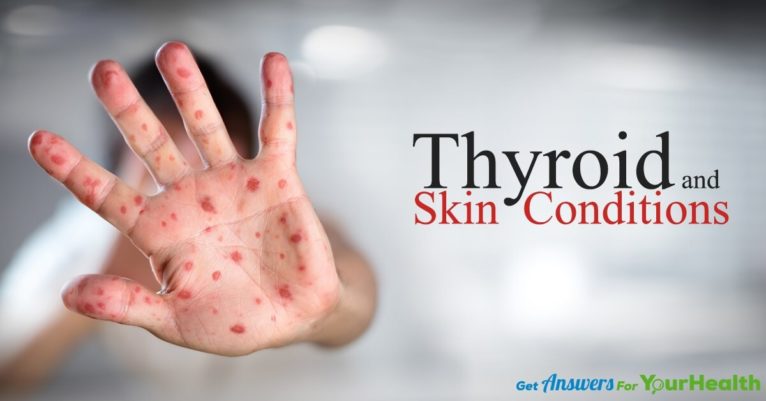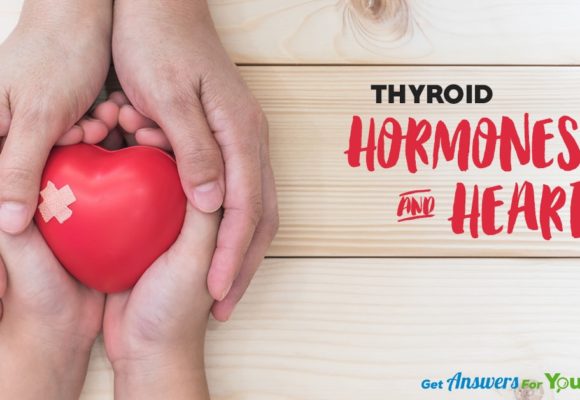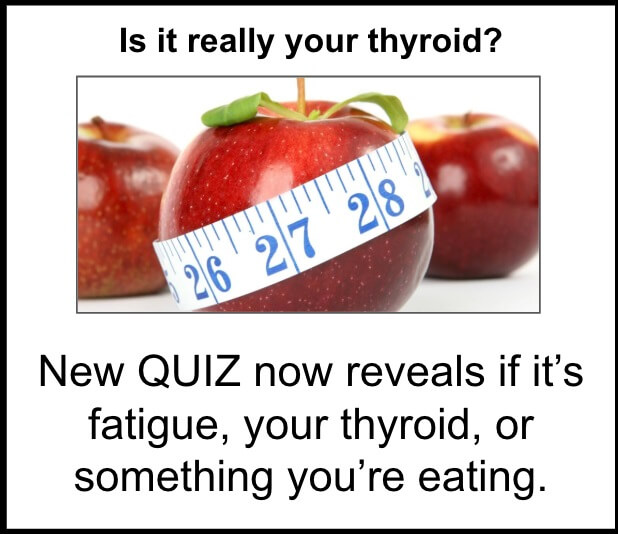1) Grab a FREE copy (Value $14.95) of one of my books Thyroid Symptom Overload
Just pay shipping $7.95 for any US orders. Or, if you want to pay full price plus shipping, order from Amazon :)
2) Take our Thyroid Quiz today and find out what "Thyroid Type" you have
This quiz will help you quickly discover where your symptoms are stemming from.
3) Join Our Thyroid Advocate Membership Site - Natural Thyroid Academy
FREE for a limited time. No credit card required.
4) Work with me and my team privately
Schedule your FREE 15 minute phone consultation and we can find out the best way to help you specifically.
Did you know more times than not, it is your thyroid gland that is behind the problems of your skin? Be it a dull or pale complexion, acne scars or active acne, blackheads, or even lesions, all can be a result of an overactive or underactive thyroid gland. Surprised? Don’t even know what a thyroid condition is or why you may be suffering from it?
It is a fact that thyroid disorders are becoming more common among women. If someone in your family had the problem, then your chances of thyroid symptoms are significantly higher.
Do you think you could be suffering from a thyroid condition? You will need to get it checked to be sure. However, don’t be surprised if your blood work shows up “normal.” Here is all you need to know about how thyroid disorders can lead to various skin disorders.
First things first, why is the skin affected due to a malfunctioning thyroid gland? Our skin is the exterior bag that pretty much provide cover for the interior organs lying within our body. The skin is directly dependent on the condition of the body. If there is something wrong with the hormones inside, like thyroid hormone, then the skin will not be able to function appropriately.
What is the thyroid gland and what does it do?
Thyroid and Its Disorders
The thyroid gland is a butterfly shaped gland that lies directly beside the Adam’s apple and is responsible for many bodily functions like the regulation of metabolic rate and body temperature. It does this through the production and secretion of the thyroid hormone. If the thyroid gland is unable to function optimally, it either becomes overactive or underactive. An overactive thyroid leads to hyperthyroidism, where the gland produces high amounts of the thyroid gland. This leads to increased metabolic rate which gives rise to the following symptoms:
- Intolerance to heat
- Weight loss without any proper cause
- Increased appetite
- Hair loss
- Irregular menstrual cycle
- Muscular aches
- Anxiety and mood disorders
- Pale skin and dry hair
- Excessive sweating
- Skin redness
- Diarrhea
- Tremors in hands and fingers
- Palpitations or increased heart rate
If on the other hand, the thyroid gland becomes underactive, it leads to hypothyroidism. This condition is featured by very low amounts of thyroid hormone which slows the metabolic rate and tends to give the following signs:
- Weight gain
- Brittle hair
- Pale skin
- Intolerance to cold
- Constipation
- Missed menstrual cycle
- Depression and anxiety
- Muscular aches and pains
- Slowed heart rate
- Inability to sleep well or sleeping too much
- Brittle nails
- Thinning hair
If you have any of the above signs or symptoms, get checked out by your doctor. Chances are you have either hyperthyroidism or hypothyroidism. The doctor will perform a physical exam, do some blood work and possibly an ultrasound. With proper treatment, dietary changes, and some lifestyle adjustments, people can lead completely healthy and normal lives.
Thyroid Disorders and Skin Diseases
Here are some common problems that can manifest on the skin when people suffer from thyroid disorders.
Cysts
The cysts that are formed on the neck region are mostly associated with thyroid issues. The color, size and number of the cysts can vary depending on what kind of thyroid problem the patient is suffering from.
Lesions
These duct cysts and cutaneous metastases usually occur as one of the few symptoms of thyroid issues. This is the reason why dermatologists need to become more in sync with thyroid issues and their connection with the skin. Lesions can be the result of an underlying thyroid problem.
But these are not the only kind of skin condition observed with thyroid problems. Here are other skin related issues that indicate a malfunctioning thyroid gland.
When a person is suffering from hypothyroidism, they may experience the following skin conditions:
- Myxedema: The condition where there are high levels of hyaluronic acid and chondroitin sulfate. They present on dermis and hair follicles. This could also lead to collagen degeneration.
- Cold peripheries: Skin perfusion diminish and core temperature reduces.
- Carotenemia: Dermal carotene increases leading to yellowness of the palms and soles.
- Pale, wrinkled and thin skin: This happens because of abnormal dermal content and water.
- Excessively dry skin: Decreased eccrine gland secretion leads to very dry skin. This causes the palms and soles to become dry and thick making the skin split. It can also make the skin waxy, cause facial puffiness, thinned eyebrows, pubic hair that is coarse and scalp that is thin. Nails also get split.
- Vitiligo and Alopecia areata: These two conditions are mostly associated with Hashimoto’s thyroiditis, in which vitiligo leads to white patches on skin and alopecia leads to bald patches of hair loss.
Hyperthyroidism on the other hand can lead to the following skin conditions:
- Increases perspiration which makes the skin warm and moist so that there is frequency of rashes on the skin on all the places where there are skin folds.
- Since the nails grow too rapidly, they can lift off the nail bed. This condition is known as onycholysis.
- Generalized and localized hyperpigmentation can take place due to high levels of ACTH.
- Red-brown, tender nodules can take place on feet, shins and calves.
- Grey hair occur among people early on with hyperthyroidism.
- Telangiectasia: This happens when there is frequent breakage of capillaries.
- Fine, soft hair growth on different parts of the body, as a result of alopecia.
All these symptoms can be indications that you may be suffering from some kind of thyroid problem. The sooner you get your thyroid checked, the better.
References
- http://dermatologytimes.modernmedicine.com/dermatology-times/news/modernmedicine/modern-medicine-feature-articles/skin-symptoms-can-be-linked-t
- https://www.news-medical.net/health/Thyroid-Disorders-and-Skin-Problems.aspx
- https://hypothyroidmom.com/skin-signs-of-thyroid-disease/
- http://www.thyroid.ca/e9b.php








